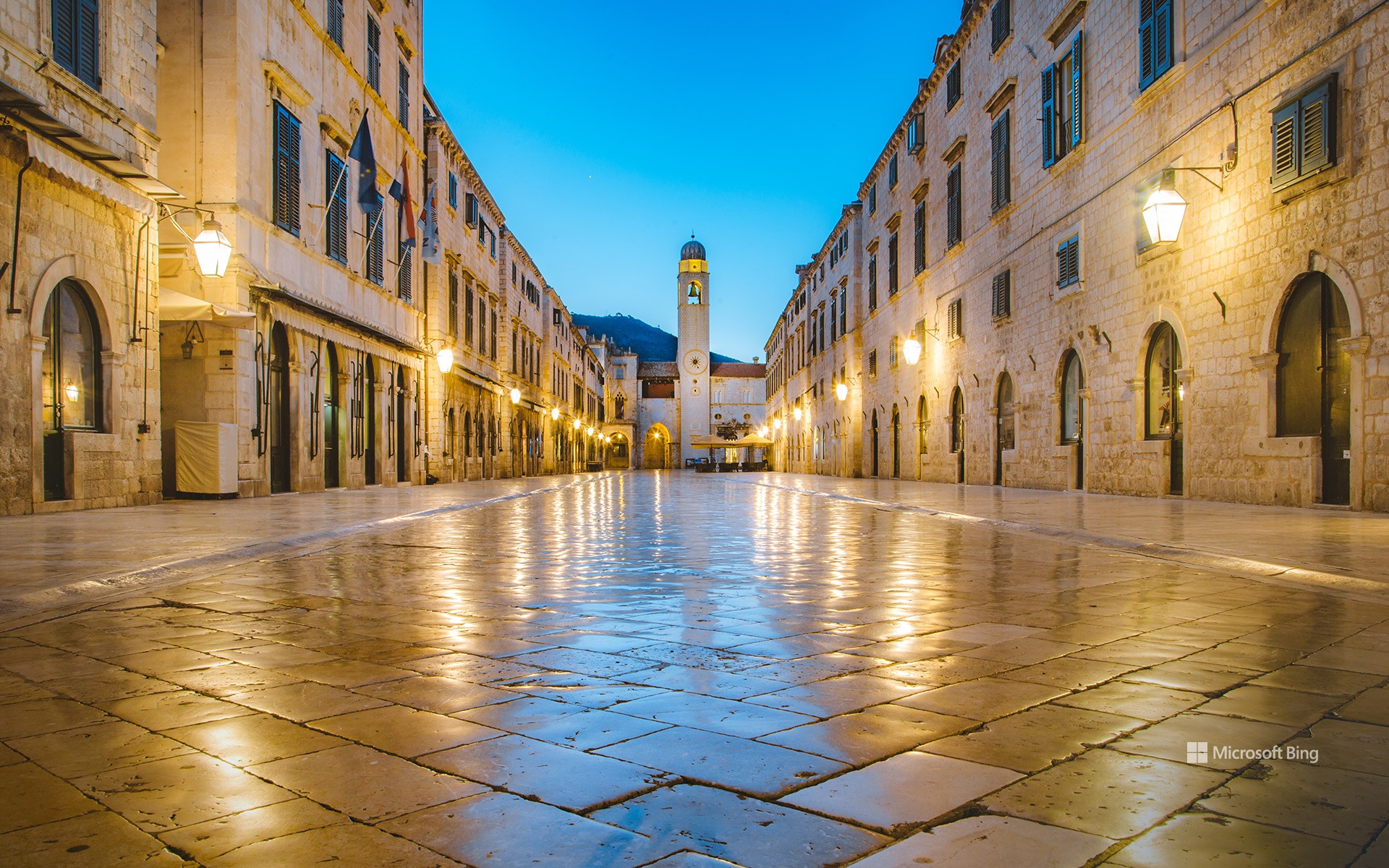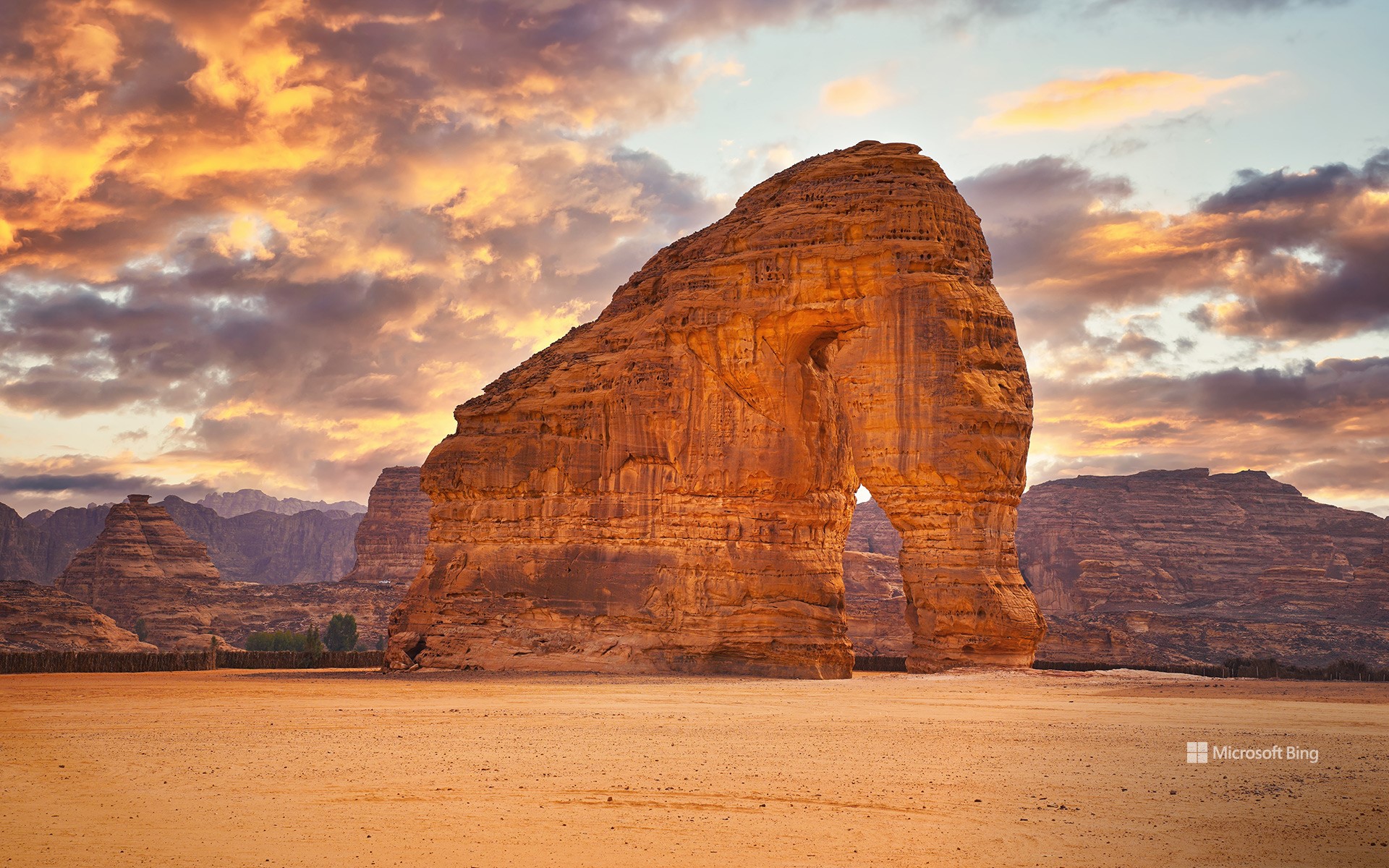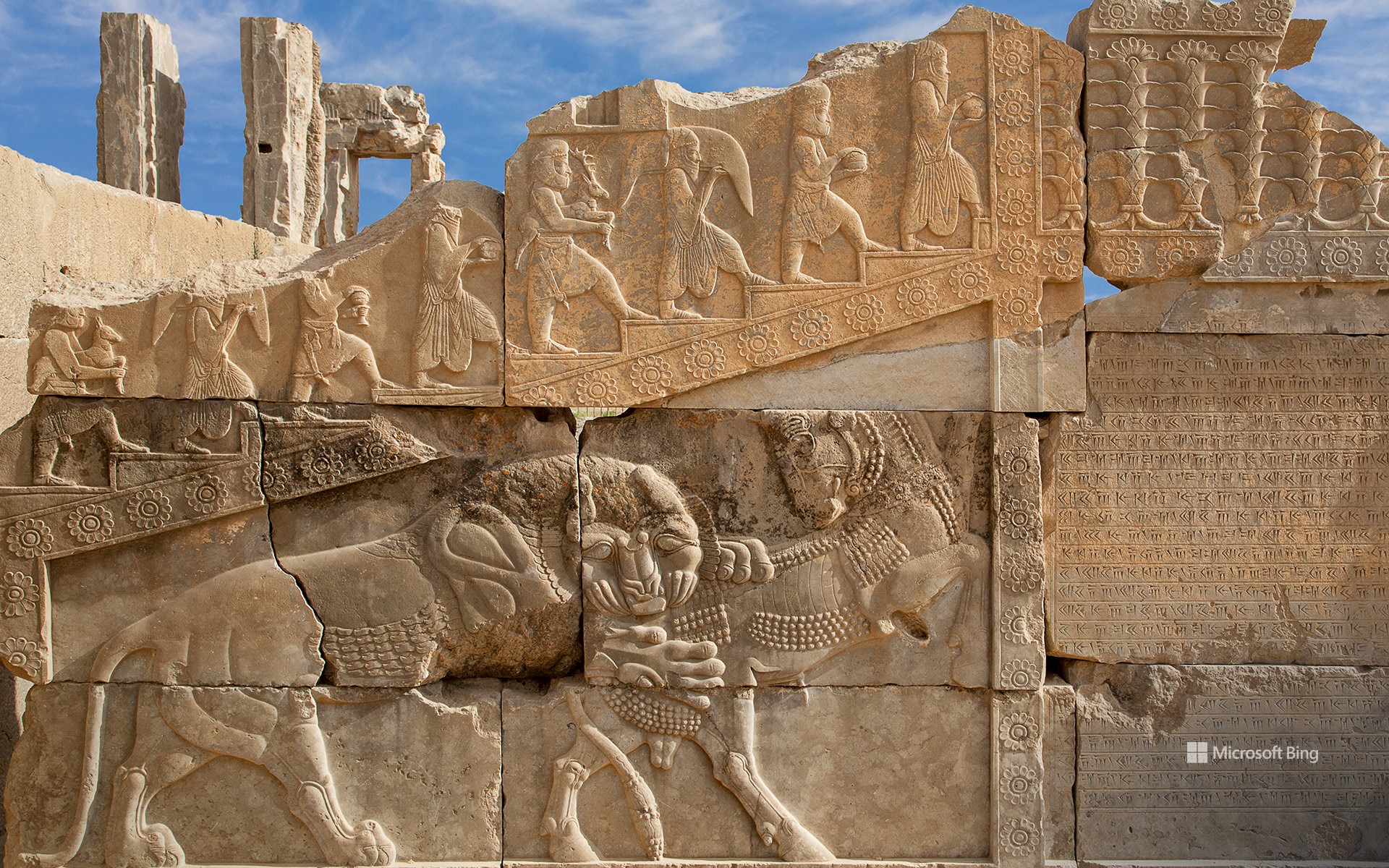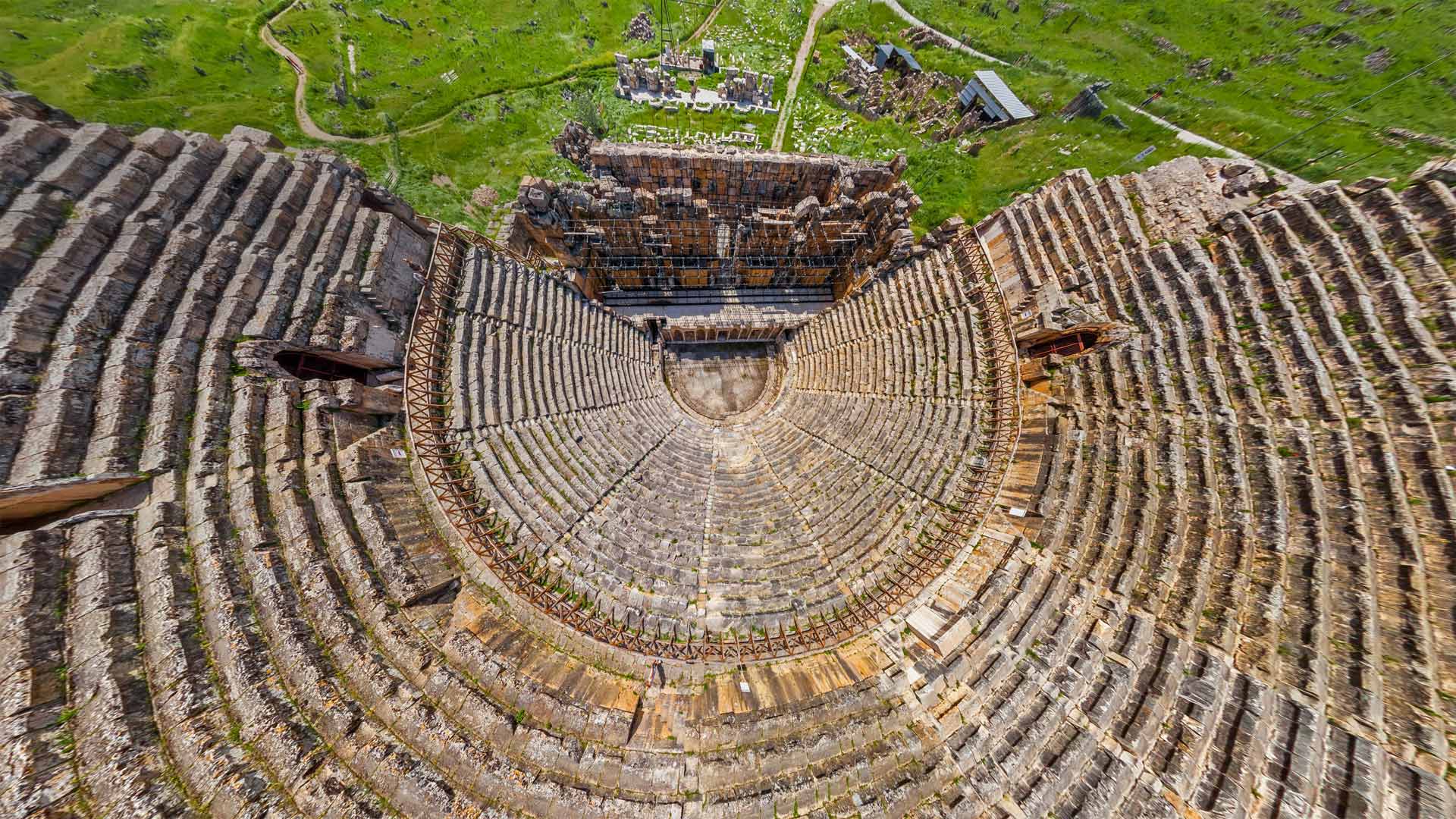达尔马提亚的杜布罗夫尼克古城,克罗地亚 Old City of Dubrovnik in Dalmatia, Croatia (© bluejayphoto/Getty Images)

达尔马提亚的杜布罗夫尼克古城,克罗地亚 Old City of Dubrovnik in Dalmatia, Croatia (© bluejayphoto/Getty Images)
探索君临城 Explore King's Landing
达尔马提亚的杜布罗夫尼克古城,克罗地亚
有些城市仿佛将历史穿戴在身上,杜布罗夫尼克便是其中之一。这座城市曾为独立的拉古萨共和国,在14世纪至19世纪间是亚得里亚海沿岸的重要海上强国与贸易中心。它位于克罗地亚达尔马提亚南部,靠近亚得里亚海,城市的繁荣得益于其娴熟的外交策略与卓越的航海技术。杜布罗夫尼克城墙建于13世纪至17世纪,全长超过1.2英里,配有塔楼、堡垒及防御工事,至今仍然巍然屹立。如今城墙的布局延续自1292年,当年城市在威尼斯统治下经历了一场大火并重建。
城墙之内即为老城区,抛光的石灰石街道、巴洛克风格的教堂及数百年历史的住宅交织成紧凑有序的网格。这座城市昔日独立的烙印随处可见,包括15世纪的总督宫、斯庞札宫以及圣布莱斯教堂。位于城中的方济会修道院拥有欧洲最古老且仍在运营的药房之一,为古城更添一份历史厚重感。杜布罗夫尼克或许令你感到熟悉,因为它曾是热门美剧《权力的游戏》中“君临城”和“卡斯”的主要取景地之一,因而在流行文化中占据一席之地。杜布罗夫尼克不仅是一处旅游胜地,更是一座在千余年间不断书写自身历史的城市。
Old City of Dubrovnik in Dalmatia, Croatia
There is something mesmerizing about cities that wear their history on their sleeves—and Dubrovnik, Croatia, is one of them. Once known as the independent Republic of Ragusa, this city was a major maritime power and trading hub from the 14th to the 19th century. Situated in southern Dalmatia along the Adriatic Sea, its success was built on diplomacy and seafaring. The Walls of Dubrovnik, built between the 13th and 17th centuries, stretch for over 1.2 miles, with towers, forts, and bastions still standing strong. The current layout of the walls follows a city plan from 1292, when Dubrovnik was rebuilt after a fire under Venetian rule.
Inside these walls is the Old City—a compact grid of polished limestone streets, baroque churches, and centuries-old residences. Everything here, including the 15th-century Rector's Palace, Sponza Palace, and the Church of St. Blaise, reflects the city's independent past. The Franciscan Monastery, Europe's oldest still operating pharmacy, adds another layer of charm to this vintage place. Dubrovnik might seem familiar. That's because it has represented the cities of King's Landing and Qarth in 'Game of Thrones,' putting it on the pop culture map. It's not just a touristy location—it's a city that has been writing its own script for over a thousand years.
大象岩,古城欧拉,沙特阿拉伯 Elephant Rock, Al-Ula, Saudi Arabia (© Lubo Ivanko/Shutterstock)

大象岩,古城欧拉,沙特阿拉伯 Elephant Rock, Al-Ula, Saudi Arabia (© Lubo Ivanko/Shutterstock)
温柔的“沙丘巨人” Gentle giant of the dunes
大象岩,古城欧拉,沙特阿拉伯
经过数百万年的时间,大自然雕琢出了这片耀眼夺目的砂岩地貌,名为大象岩。该岩石高达117英尺,位于沙特阿拉伯古城欧拉附近,由于风水的侵蚀,它呈现出大象的形状,并成为了该地区的著名地标。日落时,夕阳洒在这片沙漠上,为红色的“猛犸象”及其周围金色的沙子镀上一层温暖的光辉。
古城欧拉距离大象岩约7英里,其历史可追溯到公元前6世纪,它见证了商人、朝圣者和商队穿越这片干旱的土地的历史。其周边地区的岩层和赫格拉纳巴泰古王国陵墓有着岩画和碑文,其中一些碑文的历史可以追溯到公元644年。
Elephant Rock, Al-Ula, Saudi Arabia
Over millions of years, the dazzling sandstone formation known as Elephant Rock was carved by nature. Thanks to the wind and water erosion, this 117-foot-high rock near the city of Al-Ula in Saudi Arabia took on the shape of an elephant and has become a prominent landmark in the region. As the sun sets, it casts a warm glow upon the red-hued mammoth and the golden sand of the surrounding desert.
About 7 miles from the Elephant Rock, the city of Al-Ula traces its roots back to ancient civilizations and has witnessed the passage of traders, pilgrims, and caravans crossing its arid landscapes. The surrounding area, including rock formations and Hegra's Nabataean tombs, boasts petroglyphs and inscriptions, some dating as far back as 644 CE.
波斯古城波斯波利斯的浮雕,伊朗 Reliefs in the ancient Persian city of Persepolis, Iran (© Ozbalci/Getty Images)

波斯古城波斯波利斯的浮雕,伊朗 Reliefs in the ancient Persian city of Persepolis, Iran (© Ozbalci/Getty Images)
哇,真是松了一口气! Wow, what a relief!
国际考古日
古迹是历史的见证,更是文化的传承。每年十月的第三个星期六是国际考古日,这一天,世界各地的考古组织会举办丰富的活动,如寻宝游戏、讲座和互动研讨会,所有这些活动都是为了唤醒人们内心的冒险精神,激发大家对过去的好奇心,了解考古的意义和更多的文化遗产知识。
波斯波利斯位于伊朗,是一个令人惊叹的考古遗址,曾经是强大的阿契美尼德帝国(公元前550—公元前330年)的礼仪之都。这个被联合国教科文组织列为世界文化遗产的地方以其宏伟的废墟和阿契美尼德建筑而闻名,在这里可以看到恢弘的宫殿、复杂的雕刻以及高耸的圆柱。游客可以在保存完好的遗迹中漫步,感受曾经辉煌的历史。
International Archaeology Day
It's International Archaeology Day, an opportunity to discover more about our past and different societies through ancient sites and artifacts. Across the world, events such as scavenger hunts, lectures, and interactive workshops will be held to mark the day and awaken your inner Indiana Jones.
Persepolis, whose ruins are in modern-day Iran, is an ancient archaeological site that once served as the ceremonial capital of the mighty Achaemenid Empire (c. 550–330 BCE). This UNESCO World Heritage Site is legendary for its magnificent ruins and Achaemenid architecture, including grand palaces, intricate carvings, and towering columns. Visitors can wander through the ruins to get a glimpse of its majestic past, when it was at the heart of what was then the largest empire of the ancient world.
静谧的伯尔尼古城区,瑞士 Old Town section of Bern, Switzerland (© Xantana/Getty Images)

静谧的伯尔尼古城区,瑞士 Old Town section of Bern, Switzerland (© Xantana/Getty Images)
古城区的灯火 The lights of Old Town
Old Town section of Bern, Switzerland
Welcome to a wintry wonderland in Bern, the capital of Switzerland. We're in the city's medieval center—Old Town—which looks much as it did when many of these buildings were constructed between the 12th and 15th centuries.
Old Town was founded in 1191 on a long, narrow peninsula surrounded on three sides by the Aare River. Today, visitors and locals alike enjoy strolling down quaint alleyways and cobblestoned streets amidst the charming medieval buildings. In winter, many stop here en route to ski on the nearby Bernese Oberland mountains or to visit the Schwarzsee ice palaces.
Those in the know also suggest a climb to the top of the Bernese Minster, the highest church spire in all of Switzerland, seen in our photo. It's just 312 steps to the viewing deck, but we hear the panorama of snowy rooftops and the nearby peaks is worth the climb.
瑞士伯尔尼老城区
欢迎来到瑞士首都伯尔尼的冬日仙境。我们在这座城市的中世纪中心旧城区,它看起来和许多这些建筑在12世纪到15世纪之间建造时的样子差不多。
老城区建于1191年,位于一个狭长的半岛上,三面环绕着阿勒河。如今,游客和当地人都喜欢在迷人的中世纪建筑中漫步在古雅的小巷和鹅卵石铺就的街道上。在冬天,许多人会在这里停留,在附近的伯尔尼奥伯兰山滑雪,或参观施瓦西冰宫。
知情人士还建议爬上伯尔尼教堂尖顶,这是全瑞士最高的教堂尖顶,如我们的照片所示。到观景台只有312步,但我们可以听到雪天屋顶和附近山峰的全景,值得攀登。
土耳其棉花堡附近希腊古城希拉波利斯的剧院鸟瞰图 Aerial view of the theater at the ancient city of Hierapolis, adjacent to Pamukkale, Turkey (© Amazing Aerial Agency/Offset by Shutterstock)

土耳其棉花堡附近希腊古城希拉波利斯的剧院鸟瞰图 Aerial view of the theater at the ancient city of Hierapolis, adjacent to Pamukkale, Turkey (© Amazing Aerial Agency/Offset by Shutterstock)
Take in a show on your Roman holiday
In the hills around Pamukkale, Turkey, you'll find the ancient ruins of Hierapolis, which thrived here as holy and healing destination through Greek, Roman, and Ottoman times. The city was founded as a thermal spa in 190 BCE by Eumenes II, the king of Pergamon and was likely named after the wife of the legendary founder of the Pergamene dynasty, Hiero.
The amphitheater so prominent in this aerial view was built in the second century CE under Roman Emperor Hadrian. Renovated several times over the next 160 years—once to accommodate aquatic shows--the theater would have seated about 15,000 people. An earthquake in 1354 finally toppled the ancient city and it was abandoned until it was excavated by German archeologist Carl Humann in the 19th century. Today, the complex retains some of the best-preserved decorative features of any ancient Roman theater, with friezes of Roman Emperor Septimus Severus and his family, as well as the Greek gods Dionysus, Artemis, and Apollo.